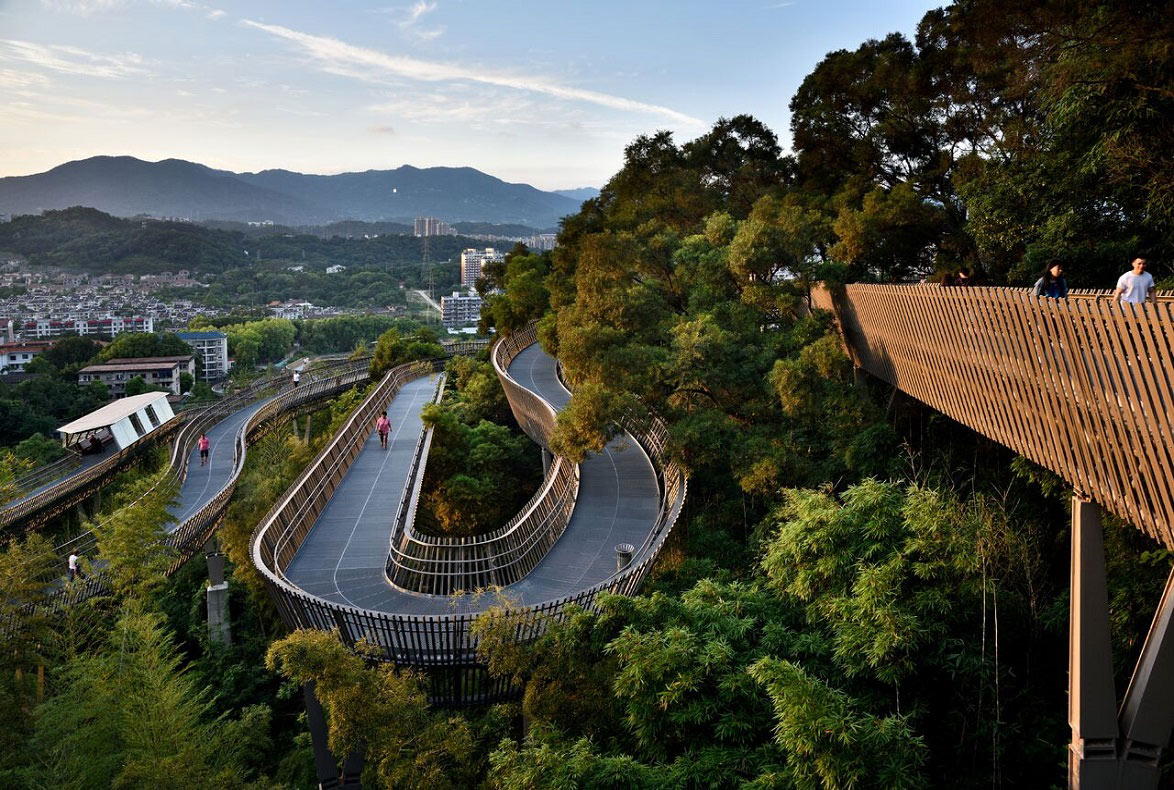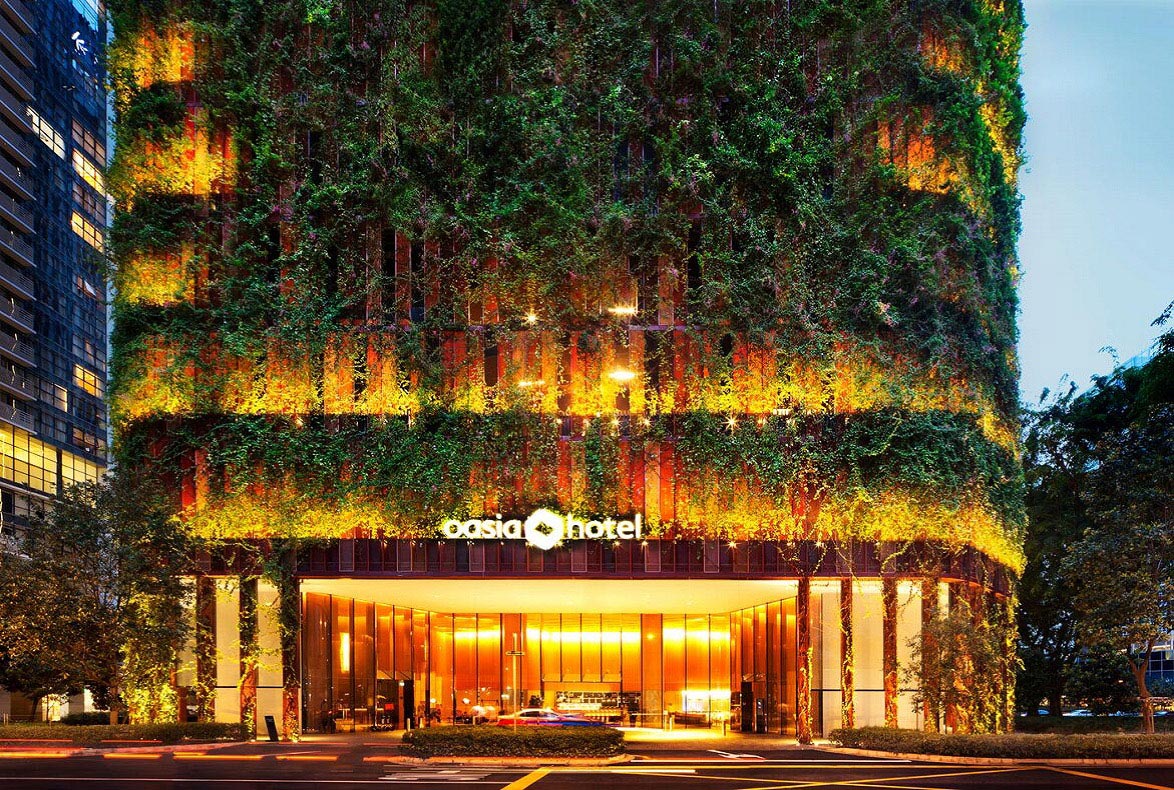Born in 1943, Kerry Hill graduated from the University of Western Australia in 1968, and then worked in Perth with Howlett & Bailey Architects. In 1971, he moved to Asia and never looked back: he worked with Palmer and Turner in Hong Kong, Bali, Jakarta and Singapore, and then established Kerry Hill Architects in Singapore in 1979.
Kerry Hill describes his attraction to architecture almost as fate:
“I am an architect like a dog is a dog – that’s my lot in life.”
A man of few words but wellknown for his uncompromising commitment to architecture, Kerry Hill is lauded for his work in Asia, in particular on resort hotels. He is celebrated for a brand of architecture that adapts traditional Asian design and draws on the climatic and site conditions specific to each project location. While living and working in Asia, he says, “I have consciously allowed a reciprocal influence to exist between my modernist principles and the traditions of the East. It is part observation and part intuition.” Instead of replicating traditional designs, he seeks to “reference past building traditions through suggestion and association”.
In addition, he aims to “emphasise sensual experience and an intuitive approach over theoretical speculation”. He believes that “a spatial experience should evoke a response from our senses – of sight, touch and sound”. In this “experiential architecture”, says Kerry Hill, “the choice of materials is central to our design process. A hierarchy usually exists within the composition of materials for each project. How these materials are connected is informed by one material paying respect to another. Our desire for exactitude is fundamental.”
Inclined to “produce results rather than talk”, as one Jury member noted, Kerry Hill prefers to let his work speak for itself. When asked what he thinks sets him apart from other architects, he says simply, “That’s for others to decide.” Indeed, his work has received an extensive list of awards from the Singapore Institute of Architects and the Royal Australian Institute of Architects, and from several state institutes in Australia and the United States.
Notable projects include The Datai Hotel in Langkawi, Malaysia, which won the prestigious International Aga Khan Award for Architecture in 2001; and The Lalu Hotel at Sun Moon Lake in Nantou, Taiwan, which clinched the FIABCI Prix d’Excellence Winners Award in 2004. In 2006, the Royal Australian Institute of Architects honoured him with a Gold Medal in recognition of his work as “an architect of exceptional sensibility and expertise” who has “consistently delivered the very highest quality architecture”.
Kerry Hill holds professional registrations for architectural practice in Singapore and most Australian states. He also lectures and travels extensively, and has taught in several leading schools of architecture. He delivered public lectures at the School of Architecture of the National University of Singapore (NUS), where he was an external examiner from 2005 to 2007. From 2006 to 2008, he served as a Jury member for the President’s Design Award. In 2008, the University of Western Australia awarded him an honorary Doctor of Architecture degree. He is currently Visiting Professor of Architecture at the University of New South Wales.
Having spent decades in Singapore and taken up permanent residency, Kerry Hill is positive about the growth of architecture in Singapore. He says, “There is definitely a growing sense of architectural community in Singapore together with an increasing awareness among clients that good design sells. The design culture is maturing and I am optimistic for the future.”
READ MORE









